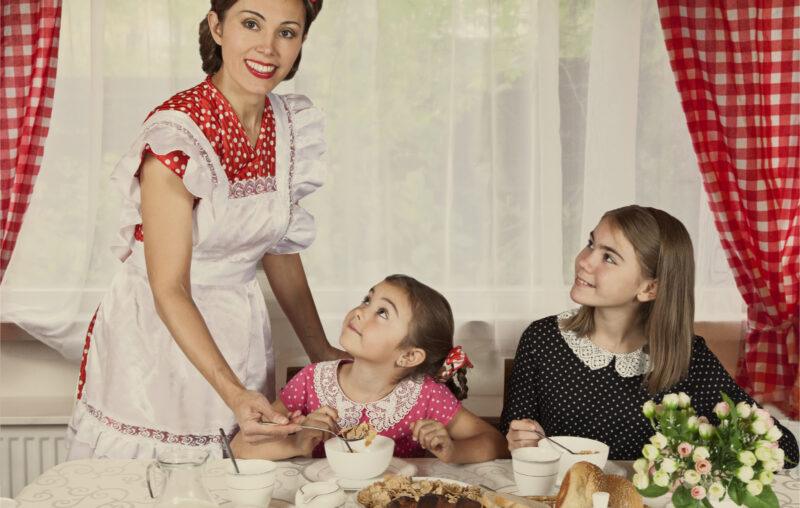 Jeffrey A. Tucker – January 12, 2021 Reading Time: 6 minutes
Jeffrey A. Tucker – January 12, 2021 Reading Time: 6 minutes

Globally, it might have been five times as deadly as Covid-19, as measured by deaths per capita. It was unusually lethal for younger people: 40 percent of deaths had occurred among people younger than 65, whereas the average age of death Covid-19 is 80 with only 10-20% of deaths under the age of 65.
What’s striking is how public health officials handled the pandemic. It had a diametrically opposite response than policymakers pursued in 2020. One might assume that this was due to negligence and a lack of sophistication in understanding the need to lockdown. Surely they didn’t know 65 years ago what we know today!
Actually, this is completely false. Public health experts did in fact consider school closures, business closures, and a ban of public events but the entire ethos of the profession rejected them. There were two grounds for this rejection: lockdowns would be too disruptive, disabling the capacity of medical professionals to deal competently with the crisis, and also because such policies would be futile because the virus was already here and spreading............
ASTHO concluded as follows: ‘‘there is no practical
advantage in the closing of schools or the curtailment of public
gatherings as it relates to the spread of this disease.’’In particular, schools were not closed because public health experts
observed that the children would just pick up the virus elsewhere. “The
Nassau County Health Commissioner in New York,” observes Henderson,
“stated that ‘public schools should stay open even in an epidemic’ and
that ‘children would get sick just as easily out of school.’”
We’ve heard incessantly that Covid-19 necessitated lockdowns because
it is a new strain for which there was not a vaccine. Well, the Asian
flu was already new and there was no vaccine either. By the time one
came along, it was only 60% effective and not widely used. Henderson
comments: “it is apparent that vaccine had no appreciable effect on the
trend of the pandemic.”........................To Read More.....
No comments:
Post a Comment